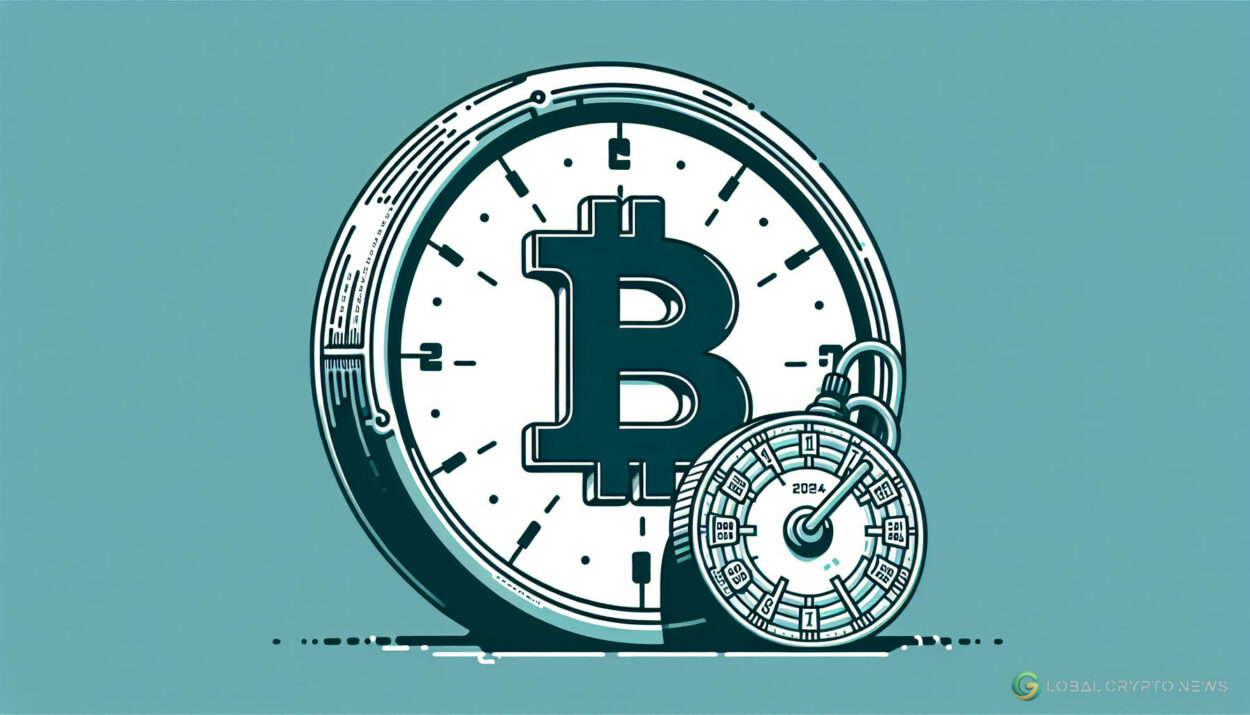The quadrennial Bitcoin halving event, which reduces block rewards earned by miners by 50%, is a significant event in the cryptocurrency world. This event, coded into the network, will see miners’ rewards decrease from 6.25 BTC per block to 3.125 BTC after the 210,000th block is validated in April 2024.
The introduction of new spot market Bitcoin exchange-traded funds (ETFs) earlier this year has propelled the price of Bitcoin to all-time highs, bringing the overall crypto sector close to a $3 trillion market capitalization. This has led to speculation about whether the April halving will further accelerate crypto adoption.
Institutions are showing interest in Bitcoin as an alternate asset class, with many understanding Bitcoin’s monetary policy and its implications. The halving is seen as a demonstration that Bitcoin security can be maintained even with reduced rewards for miners, which may attract institutional interest in both Bitcoin itself and companies operating in the space.
While some believe that the halving alone may not be enough to attract large corporations or institutional investors to Bitcoin, others anticipate positive impacts on Bitcoin’s price post-halving. Historically, Bitcoin has seen price surges leading up to halving events, and this trend may continue in 2024.
The introduction of Bitcoin ETFs has changed the ecosystem significantly, creating a demand shock for Bitcoin’s limited supply. This, coupled with reduced mining revenues post-halving, may lead to scarcity and drive the price of Bitcoin higher.
In terms of traditional BTC proxies like MicroStrategy, the impact of the halving may be less significant compared to the ETFs. While some believe that ETFs will affect proxies more than the halving, others see opportunities for companies like MicroStrategy to continue serving as a proxy for Bitcoin.
As the halving approaches, miners are preparing for reduced profitability and looking for supplemental revenue opportunities. While larger mining firms may be better positioned to weather the halving, smaller miners may need to raise capital to stay profitable post-halving.
Overall, the halving event remains crucial for Bitcoin’s ecosystem, showcasing its scarcity and hard money characteristics. While the introduction of ETFs may overshadow the halving in terms of impact, the halving remains a unique event that emphasizes Bitcoin’s enduring monetary policy and scarcity, reinforcing its value as an asset.
























